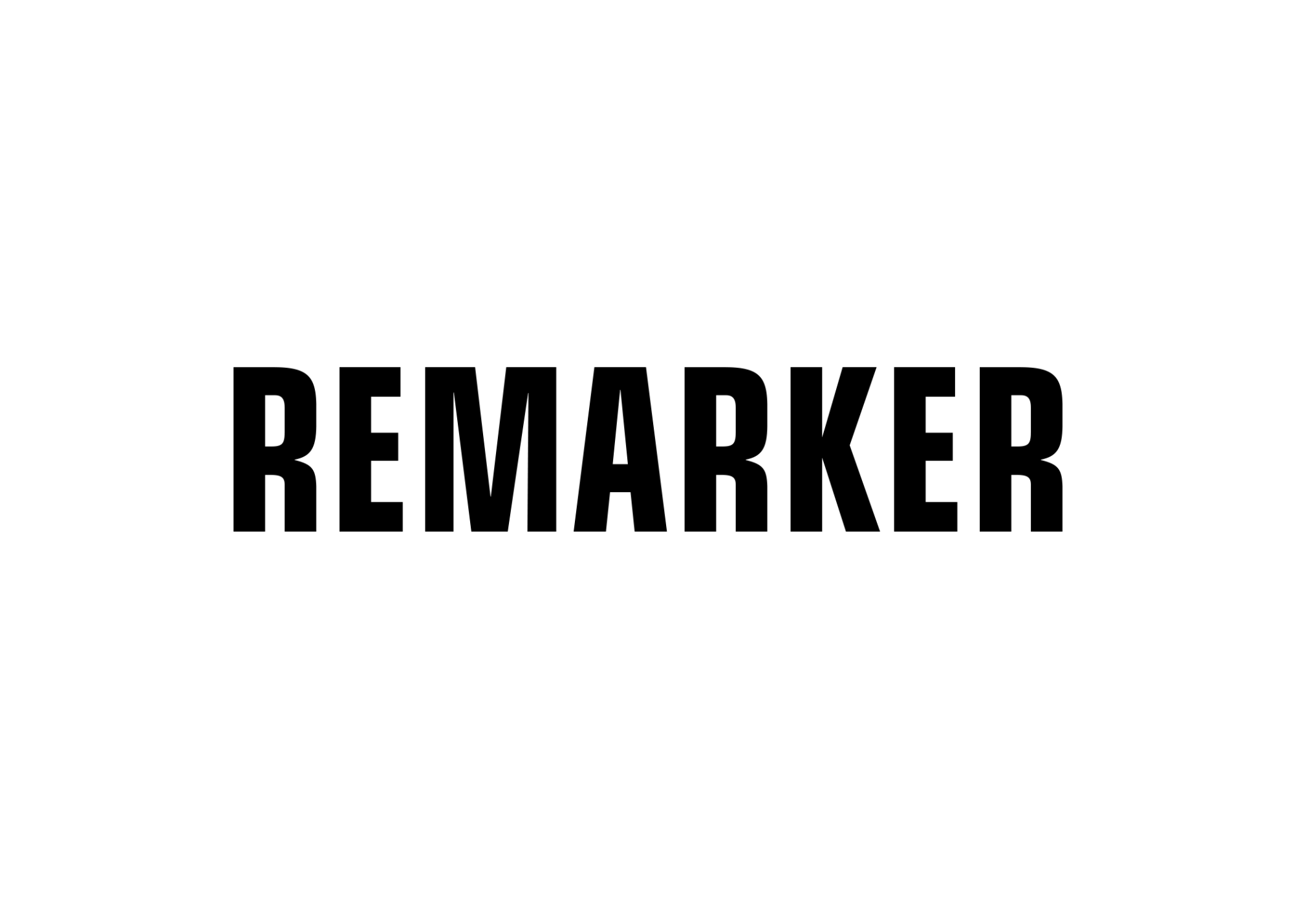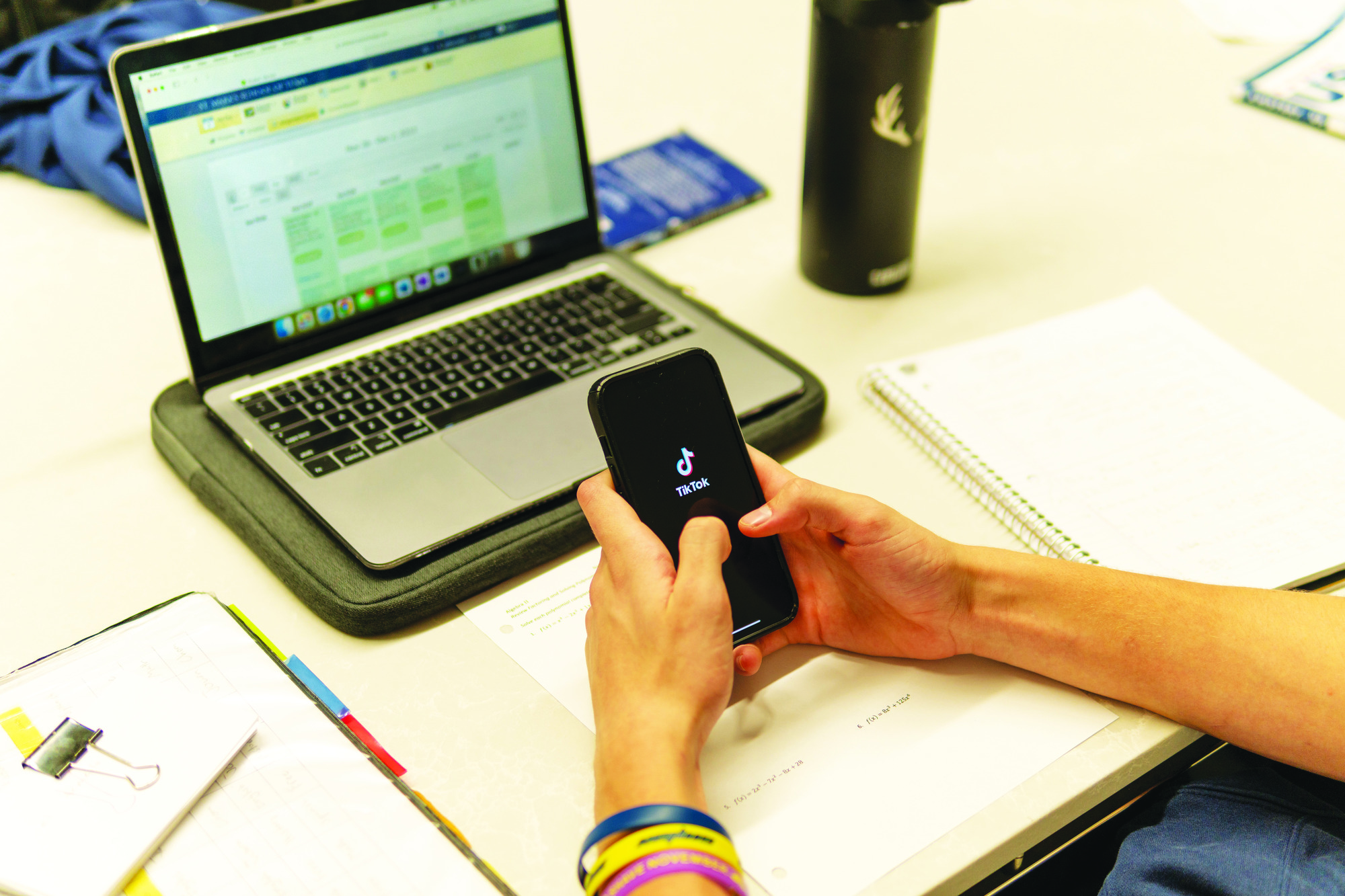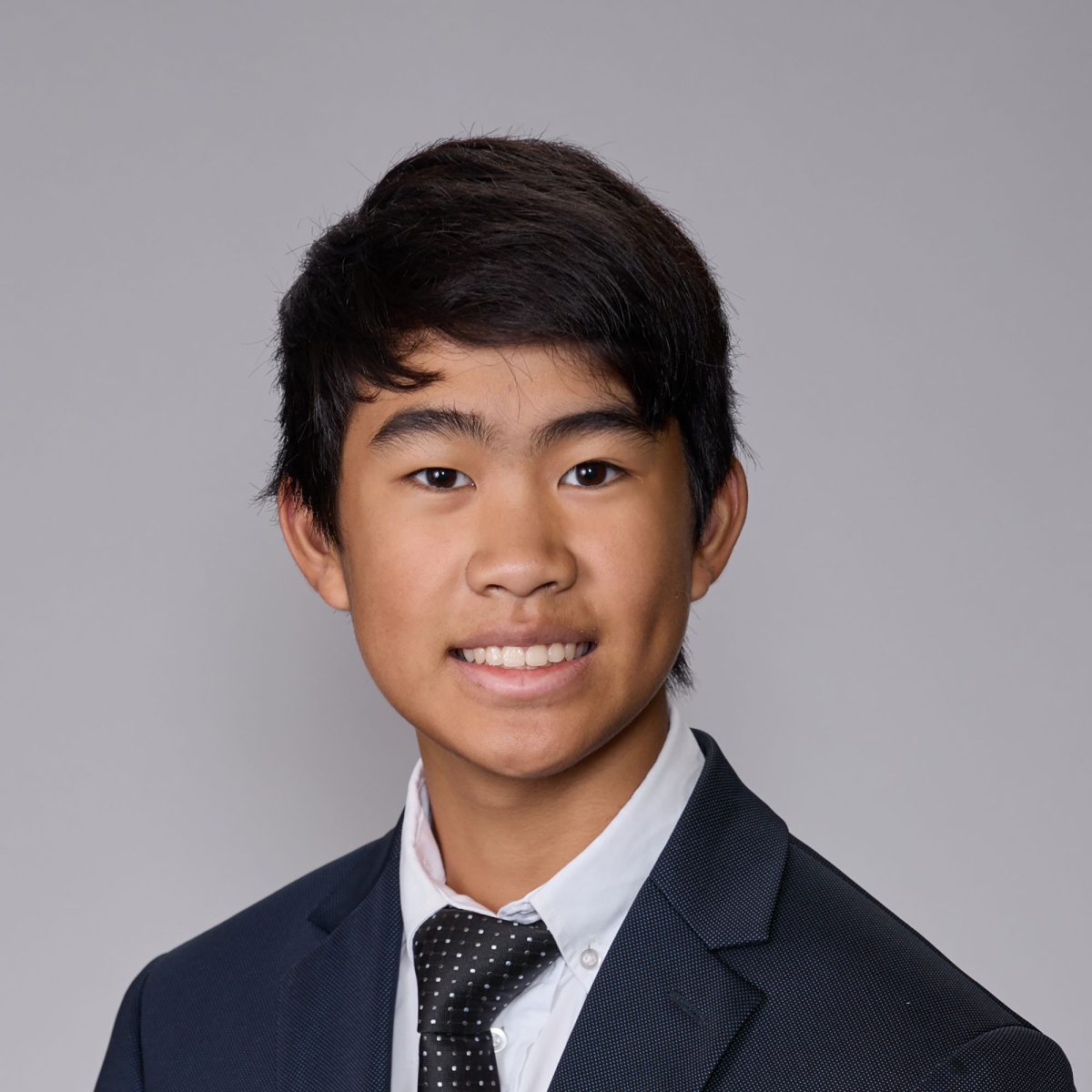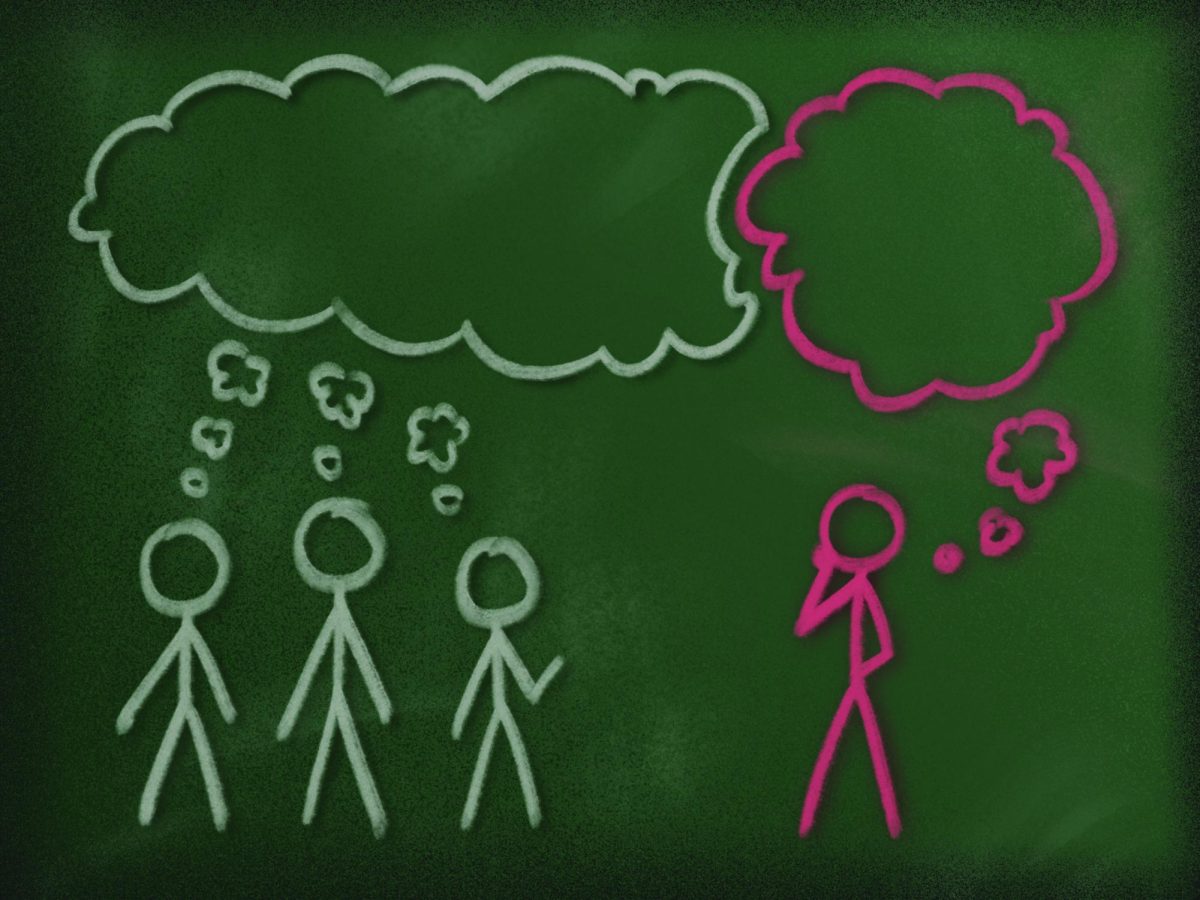J
unior Jack Frary’s phone buzzed on his desk.
It was 9:30 p.m. on a Tuesday night; he had been studying for a precalculus test for the past hour and hadn’t even started his physics homework or nightly English reading.
Picking up his phone, he read the Instagram notification.
Check out some of today’s most watched reels.
After diligently working for an extended period of time, he needed a break and knew taking a minute to unwind on Instagram would be the perfect recess from his studies.
But Frary knew that just a few minutes on Instagram could quickly turn into a lengthy break, and every minute wasted would mean a later night, less sleep and diminished productivity at school the next day.
While the notion of watching a funny reel or an NBA highlight on Instagram was enticing, Frary silenced his notifications and focused.
Across the country, many people, especially teenagers, lack the discipline to put down their phones, showcasing how addictive social media apps can be.
In English instructor Cameron Hillier’s Dystopian Literature class, students go through their total weekly screen time on their phone every Monday.
For many of his students, the results are shocking.
The average total screen time is 35 hours a week, or five hours a day. Some of his students even reach over 50 hours a week.
“Most Marksmen are concerned that they’re not getting seven hours of sleep at night,” Hillier ‘13 said. “But I’ve got guys that are spending seven hours a day on their phones.”
Hillier tells his students to look at their screen time because part of the premise of the class is based on Amusing Ourselves to Death by Neil Postman. The book suggests that the United States is creeping towards a dystopian society where people are choosing the easy way out by seeking instant gratification, avoiding difficulties and abandoning their critical thinking.
Senior Alex Soliz, who is in Hillier’s Dystopian Literature class, has personally experienced the mindlessness of interacting with apps like TikTok, which embody the ideas of the book.
“I do think it’s terrible,” Soliz said. “I hate it, but I love it at the same time. It’s 30 seconds – little bits – of entertainment. It’s easy to follow. It’s not anything hard. It’s just easy.”
With students spending multiple hours a day taking in this “mindless” content, they’re losing time to be productive and interact with others.
When Soliz first took Hillier’s class, he would total over 50 hours a week on his phone — over seven hours a day.
“The class helped me understand that there are better things to do than be on my phone,” Soliz said.
Instead of using his phone, he read the Harry Potter series and studied more for school. He put a screen time limit of 15 minutes on TikTok to remind himself of how much he was using the app.
In the end, Soliz was able to cut his weekly total by 15 hours.
Hillier believes that although social media can be fun and can have benefits if used correctly, it’s primarily a waste of time and has made the world worse. He quit using social media five years ago and has never looked back.
“We all know it’s garbage, but hey, it’s fun garbage,” Hillier said.
Social media apps can do much more damage than waste time. Based on data from the headspace National Youth Mental Health survey, 37 percent of adolescents say social media was the No. 1 cause of their declining mental health. “Logically, you can present the body of research – which at this point is overwhelming –that there’s not just a correlation, but a causation between social media usage and a decline in mental health,” Hillier said.
When Hillier’s students are presented with such data, some try to stop using social media. Yet, they find that they either can’t or are severely struggling to quit apps like TikTok and Instagram.
Part of the reason why they struggle is that social media companies specifically design their app to make them as addictive and hard to quit as possible. When a user tries to delete their TikTok or Instagram account, the app won’t officially delete the account for 30 days.
“If we think about how addiction works, folks who try to kick an addiction, they’re most likely to relapse in the first 30 days,” Hillier said. “If you make it past that 30 days, your chances of kicking it permanently go way up. All it takes is to log back in, and it kills that timer.”
Frary deleted TikTok several months ago, not only to combat screen time, but also to protect his data.
Apps run by foreign entities, such as TikTok are known to exploit user data, so many users have shifted towards more domestic platforms. After deleting TikTok, Frary saw a drop in total usage on his phone, but he has transitioned to a greater use of other social media platforms.
Now, Frary primarily uses Instagram, specifically Instagram Reels, which is similar to TikTok, allowing users to scroll through endless amounts of short-form content, ranging from trends to pets to global issues.
Despite an overall decrease in screen time, he has noticed the time he spends unwinding on his phone still occasionally inhibits his studies. To combat this, Frary has established personal guidelines to keep him on track.
“Sometimes I’ll turn on airplane mode, or I’ll give myself 30 minutes to do work, and then I’ll take a break,” Frary said.
Like Soliz, Frary knows there is more to life than being on his phone.
I think it’s important to try to be in touch with the actual world and what’s going on rather than just scrolling through social media,” Frary said. “Now in the digital age, everything’s at your fingertips. I think we have to limit the content that youth can see nowadays; it can be damaging.”
With more than 40 percent of 18-22 year olds self-reporting that they are at least somewhat addicted to social media, according to Statista, falling victim to social media addiction is a growing and pressing issue among modern youth, and it is causing an increase in screen time for almost all young people across the country.
But there’s a key difference between a social media addiction and a drug or alcohol addiction. For the latter, there’s a negative stigma attached to it. Those with drug addictions are looked down upon. For those with a social media addiction, it’s the complete opposite.
“Not only is [a social media addiction] okay, but it’s encouraged,” Hillier said. “If you don’t have Snapchat, you’re ostracized; you’re not ‘in the loop’. If you don’t have TikTok, what are you going to talk about when everybody’s talking about the new video?”
To combat social media addiction, Jeremy Edge, a licensed professional counselor, founded ‘Escaping the.com,’ a counseling practice for people with various forms of screen addiction.
Edge started the practice after realizing that more and more of his teenage and college-age patients had major issues with technology.
“There is no one really addressing it specifically in the Dallas area,” Edge said. “So in 2019, I opened the practice, bought the domain escapingthe.com and just broadened it to not just video games and porn, but also social media, gambling, day trading, sports betting and anything within the online space that’s problematic.”
Edge also has a personal reason for starting his practice. When he was in college, Edge developed a video game addiction himself. He was spending too much time playing video games, wasn’t truly enjoying them and had a lack of balance in his life. After using various methods to cure his addiction, he felt he could use his personal experience on top of his professional expertise to help others.
According to Edge, the feeling of instant gratification one gets from social media can make one’s real life surroundings much more dull.
“The brain is getting used to the habit of immediate feedback, immediate positive reinforcement and immediate pleasure,” Edge said. “So other activities that are slower, more methodical, will feel very, very boring and sometimes even painful, just because of the process of what the activity looks like.”
He believes that the randomness of social media is a large part of what hooks users.
“Whenever you go on social media platforms, sometimes you’ll get a lot of comments one day and sometimes not,” Edge said. “And that randomness to it is very addicting and very very pleasing.”
Edge warns that teenagers are most at risk to an addiction to social media.
“I would say teenagers post puberty, potentially those who have ADHD, those who are isolated socially and those who are not doing well academically are the most at risk because pleasure is heightened objectively in the adolescent brain more than in any other stage in life,” Edge said. “So when they feel pleasure, it feels fantastic, versus a 40-year-old, who feels okay, but not fantastic.
After working with several patients, Edge uses his experience to give advice on how to quit a potentially serious technology addiction.
“The first thing I would do is to talk to someone who they trust,” Edge said. “Counseling is fantastic, and I engage in it because I think it’s great for any space and for anybody, even for personal growth. Peer positive and peer support can be huge.”
Edge also recommends taking a 60 to 90 day break from the specific screen activity that’s causing problems.
When Edge realized that he had an addiction to video games, he took a similar break for several months, which he believes helped him greatly.
“I engaged in other healthy activities, and I was able to implement really good healthy coping mechanisms,” said Edge. “Now, I play games, but it’s in a very different capacity than in the past. It’s intentional. It’s purposeful. It’s meaningful. It’s not out of control, and it has clear boundaries, whereas before, not so much.”
According to Edge, the break serves as a way to be able to reconnect with one’s physical surroundings and the people around them. But, the goal isn’t to give up screens altogether; rather, it’s to find a balance that works for them. After the 60 to 90 day break, Edge believes a person can accurately reassess whether they can engage with the app in the intentional and practical way that it’s supposed to be used.
“I compare screen use and games to food,” Edge said. “We can eat unhealthy food or healthy food all the time, and how much we eat and what we eat is going to have an impact on our health and well-being.”
Hillier agrees with Edge that, at the end of the day, it’s all about finding a good balance.
“I love The Office,” Hillier said. “I love Seinfeld. I love a good TV show. I don’t sit and watch five hours a day of The Office. That would be wild.”







